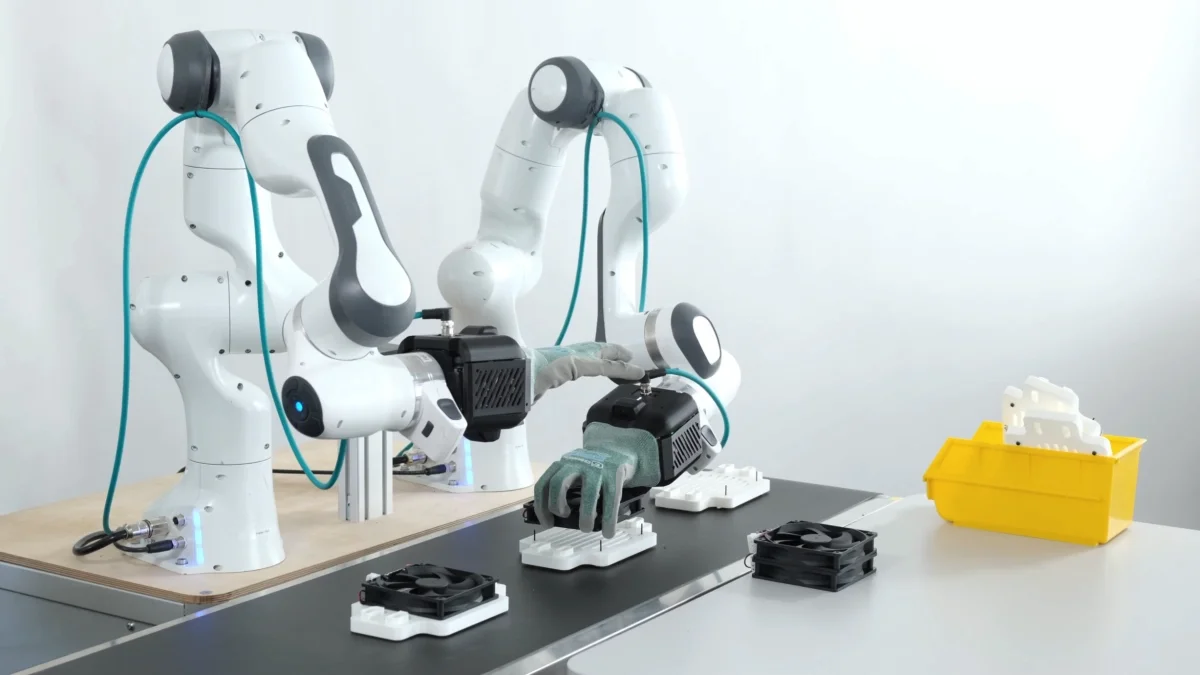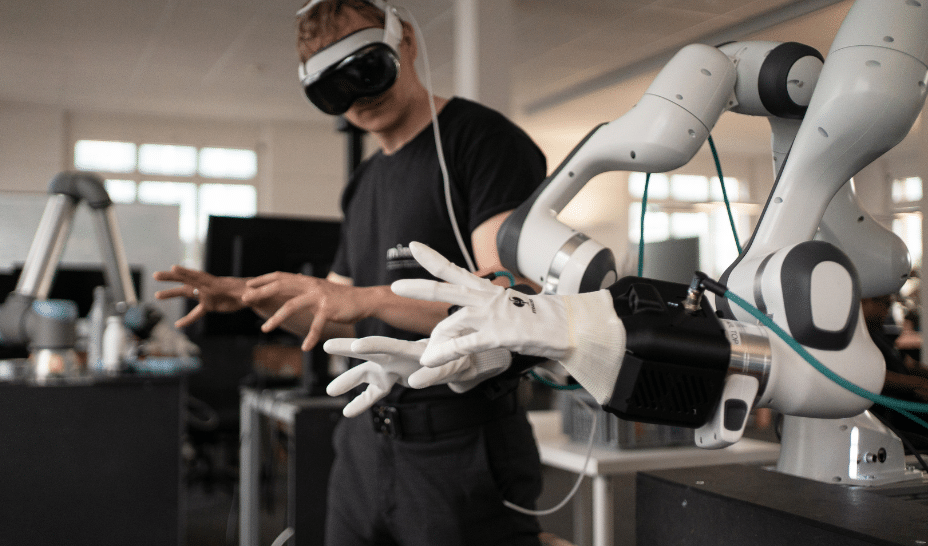Mimic robotics funding hits $16M to bet on hands, not humanoids
As the spotlight remains fixed on full-body humanoid robots promising factory autonomy, one Swiss startup is betting that the most important breakthrough in robotics won’t walk on two legs—it will grasp, turn, twist, insert, and assemble. mimic, a Zurich-based spin-out from ETH Zurich, has raised $16 million in an oversubscribed seed round to scale its “frontier physical AI,” which focuses on solving the long-standing challenge of human-level dexterity in industrial environments.
Led by Elaia and Speedinvest, the new funding brings mimic’s total raised to more than $20 million, positioning the company as a uniquely targeted European contender in a field that has been dominated by high-profile humanoid efforts in the U.S. and China. But instead of building full robots, mimic is zeroing in on dexterous robotic hands—paired with off-the-shelf robot arms—to automate the millions of factory tasks that still require skilled human touch.
Why Hands Matter More Than Humanoids
On assembly lines and in logistics centers, robots excel at repetition, but struggle the moment fine motor skills or variation enter the picture. Traditional systems demand extensive custom programming and rigid environments to function. Humanoids, meanwhile, face challenges of cost, safety, and reliability that put widespread deployment years away.
mimic’s approach is more grounded:
“Humanoids are exciting, but the legs aren’t where the value is for industry,” says co-founder and CPO Stephan-Daniel Gravert.
By combining dexterous robotic hands with proven industrial robot arms, mimic offers a modular, deployable now alternative—not a speculative future promise.
Learning From the Best Hands on Earth
The company’s true differentiator lies in how it trains its robots. Instead of synthetic or scripted data, mimic collects real-world demonstrations from highly skilled factory workers wearing custom motion-tracking devices. These recordings capture subtle techniques—rotations of the wrist, pressure adjustments, micro-corrections—that are nearly impossible to model in simulation.
This human data feeds mimic’s AI foundation model for physical manipulation, enabling the robotic hands to adapt to variations, recover from disturbances, and handle complex objects as humans do—fluidly, safely, and without pixel-perfect positioning.
“Our focus on human-like dexterity and real-world human data allows us to automate manual labor that was previously considered impossible,” says Elvis Nava, co-founder and CTO.
Arriving at a Critical Moment
Aging workforces, reshoring pressures, and manufacturing labor shortages are accelerating the push to automate. Analysts project that dexterous robotics could become a $38 billion market by 2035. Investors see mimic’s targeted approach as both practical and strategically important.
“This is the moment Europe steps forward to lead in physical AI,” notes Speedinvest General Partner Andreas Schwarzenbrunner.
Closing the Gap Between Lab and Line
Founded in 2024, mimic is already deploying pilot systems with global automotive and Fortune 500 manufacturers. The new funding will accelerate product development and scale deployments.
CEO Stefan Weirich summarizes the company’s thesis:
“We make dexterity deployable at scale—bridging the gap between what AI can do in the lab and what factories actually need.”
While others chase humanoid robots that may be years away from meaningful industrial work, mimic is making the case that the future of robotics may start with something far simpler—and far more powerful: a smarter pair of hands.

